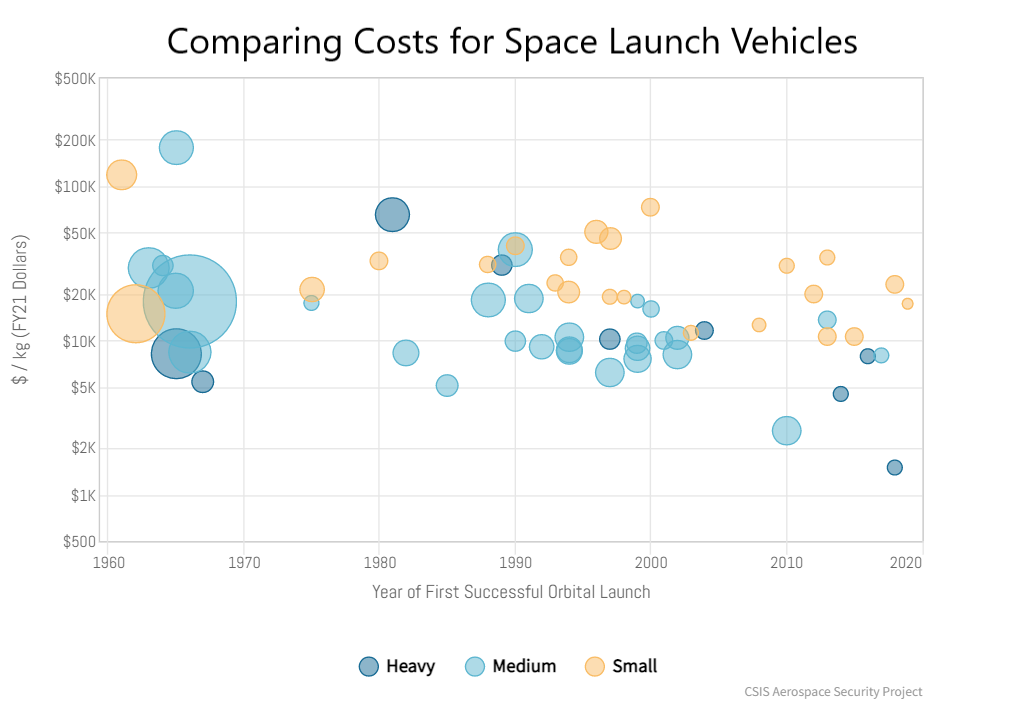Taxes often throw a complicated factor into long-term investments. One of the most important long-term financial goals that people should have is saving for retirement. Retirement can seem distant, especially for young people, and the existence of Social Security might make it feel like saving doesn’t need to be a priority. However, Social Security won’t be enough to cover all of a person’s needs in retirement. Personal investments have to make up the difference.
There are lots of ways to save for retirement, and one of the most important is the individual retirement account, or IRA. The IRA is a type of account that allows for a reduction in the taxes that you would normally have to pay when it comes to investing. On this page, you can learn more about the characteristics of IRAs, the types of taxes that are involved, and what kind of benefits an IRA can involve.

Taxes on Stocks, Bonds, and Other Assets
When most people invest in stocks, bonds, or other assets, they have to deal with two types of taxes. First of all, they need to pay taxes on their income before they can invest. That is the set of federal, state, and local taxes that get taken out of each paycheck. The money that you actually get in your bank account or check is often called “after-tax dollars” because it is what is left over after taxes.
When you invest after-tax money in something and that asset grows in value, eventually you will want to sell the asset so that you can use the money that you have grown for expenses or purchases. Unfortunately, when you sell the assets, then you have to pay another set of taxes– capital gains taxes. This is why investments are referred to as “double-taxed”– by the time you get money back from your investment, you have had to pay two sets of taxes, which seriously cuts into the value of the investment.
How Taxes for Traditional IRAs are Different
IRAs are special accounts that the federal government has authorized to help reduce the tax burden for people trying to save for retirement. There are two types of IRA: traditional and Roth. Each one allows you to avoid one of the two types of taxes.
A traditional IRA allows for tax-deferred growth. That means you can contribute money to a traditional IRA using “pre-tax dollars”– the money is not subject to income tax. This is resolved by giving you a tax credit that you can apply to your taxes at the end of the year. The money in the account can be invested in stocks, bonds, or anything else. Usually, the bank or financial services company that holds your IRA also provides a set of diversified funds that you can invest in.
– Advertisement –
You will still need to pay taxes on the accumulated assets in a traditional IRA when it comes time to sell them for cash. For most people, that will be during retirement: there are special tax penalties for withdrawing too early from an IRA account.

Roth IRA Provides another Tax Option
The other type of IRA, the Roth IRA, works the opposite way. You use post-tax dollars to contribute to a Roth, but then the money will grow tax-free, and there is no obligation to pay taxes on the investments once it is time to withdraw from the account. Like the traditional IRA, the Roth IRA should only be used for retirement– you need to pay a big tax penalty if you take money out too early.
Whether to use a traditional or a Roth IRA is somewhat subjective. Often, people base the decision on whether they also have a retirement account through their employer, like a 401k or 403b. If you have a traditional 401k, you might want a Roth IRA, and vice versa.
Calculate and Plan Your Retirement Investments
If you want to find out how your investments are doing, then one good approach is to use a compound interest calculator. For example, if you enter in how much you have saved so far as the principle, then add in your expected rate of return as the interest rate along with how much you plan to contribute on a regular basis, you will get an estimate of how much the investments will be worth in the future.
This is a good way for you to start planning out your retirement. The more information you have, the easier it is to motivate yourself to set up your accounts and start to make contributions. IRAs are important tools on the road to retirement because of their tax benefits, but that can only happen when you are adding more money to the account and letting it grow.



